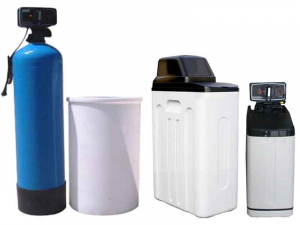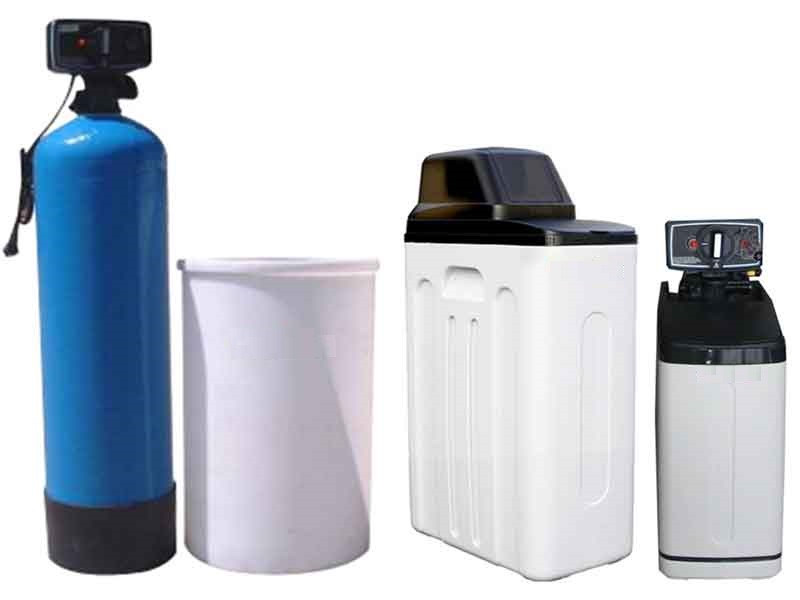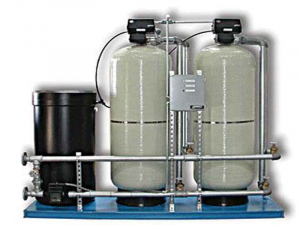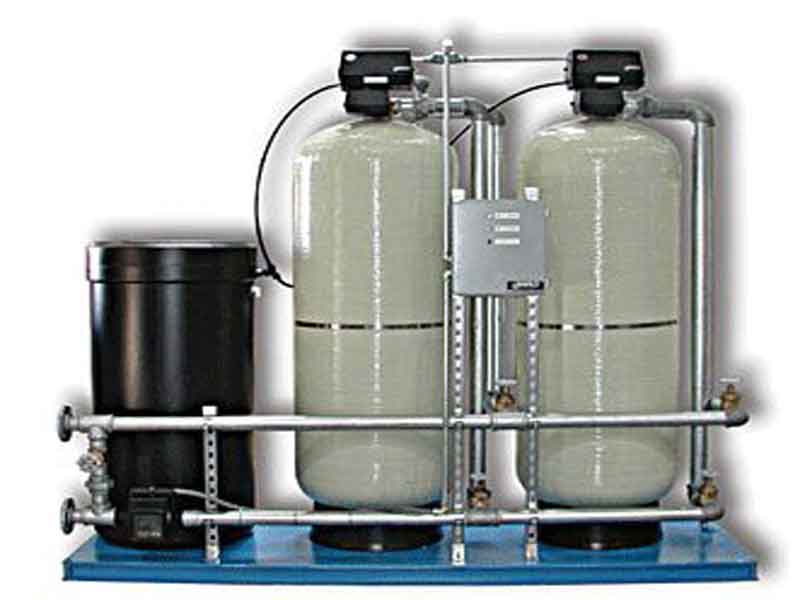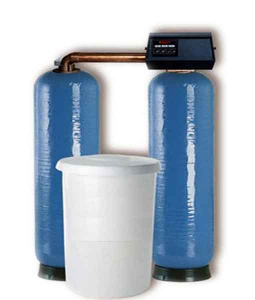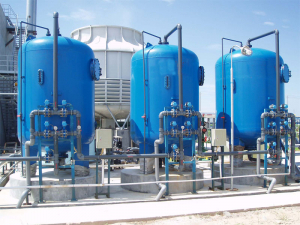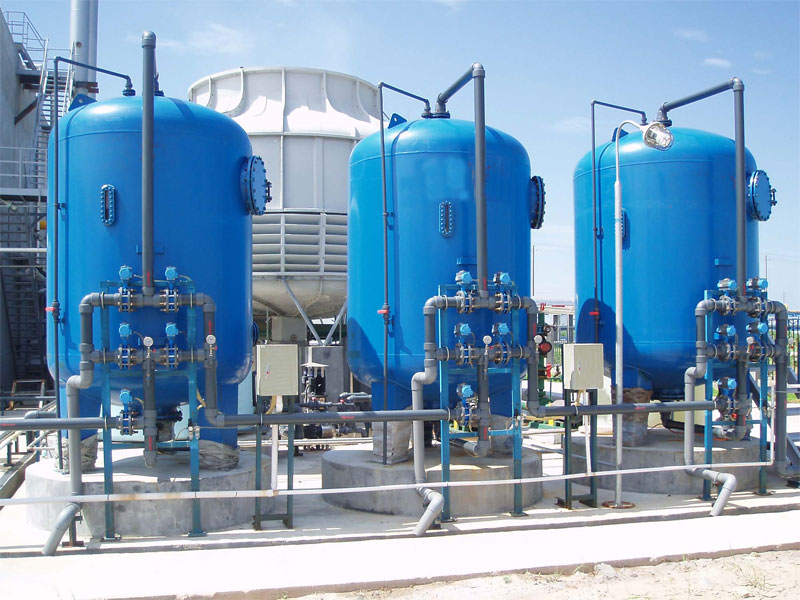Water Softening Systems
Calcium and magnesium ions decomposed in the water cause hardness in the water. Removal of this hardness is done with water softening systems that we call ion exchange method. Ion exchange is performed on the basis that the water that includes calcium and magnesium which cause hardness is added resin in the form of Na+. When resin gets saturated in terms of calcium and magnesium ions, it is regenerated with sodium chloride solution (brine solution). When these ions are separated from the resin, the process is completed and resin is reloaded with sodium ions. Decomposed calcium and magnesium ions are removed with backwash and resin is prepared for the next softening process.
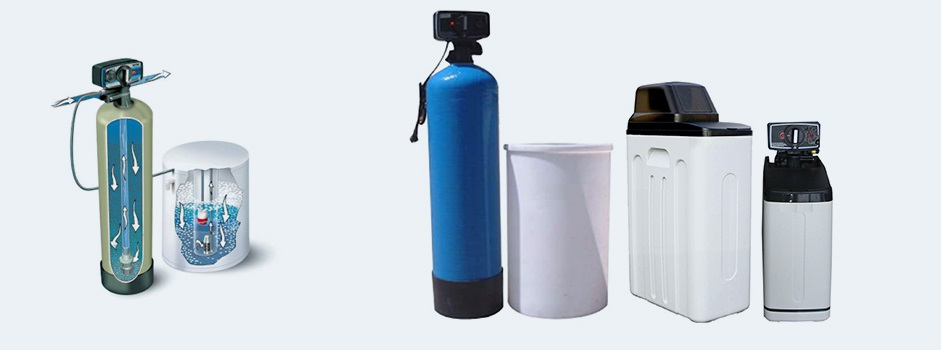
Hard water causes irreparable damages to installations, heating systems, painting and finishing plants and all use areas where lime causes damages. Energy consumption increases cleaning materials and chemical additive consumptions. In every machine running on water, because it causes sections to narrow with the quick encrustation of pipes connected to the installation, the system will not work correctly and consumptions of the consumables like soap, detergent, shampoo etc. In terms of heating technique, because calcium and magnesium that precipitate quickly with the high temperature especially in water systems and steam boilers create a dense lime layer, problems such as efficiency decrease in heating, and unstandardized of any product arise. In addition, many other examples can be presented.
Softening systems can be designed as domestic and industrial types based on the need. These two types are determined according to the needed flow rate and solidity amount.

